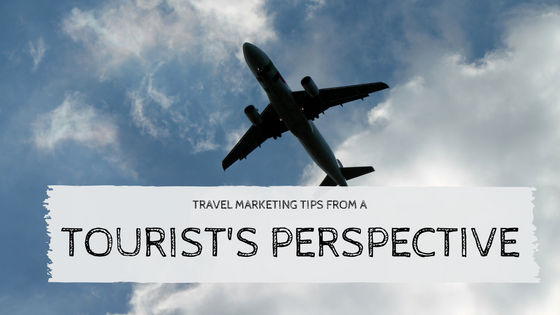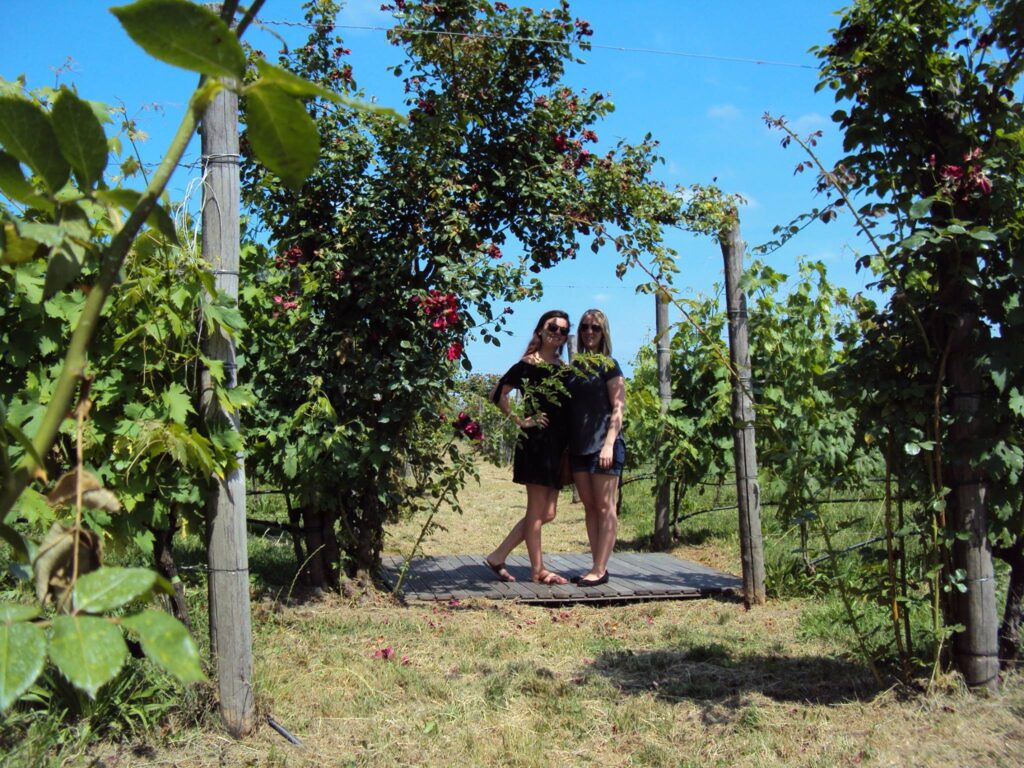Travel Marketing Tips from a Tourist’s Perspective
Recently, I had the chance to spend two weeks in the Mediterranean – visiting Venice, Italy, three Greek Islands, Montenegro, and Croatia. As any true tourism pro would, I couldn’t help but look at my experiences in these destinations as a learning experience. I constantly found myself asking, “How am I being treated as a visitor?”, “What would make my experience better?” and “How can I apply this to my own work with travel clients?”
So, without further ado, here are a few of my travel marketing tips and tricks to enhance the visitor experience – gathered from my own travels and firsthand knowledge.

-
Don’t stick me on a bus.
The easiest way for our family of four to traverse the Adriatic and Mediterranean Seas was on a cruise. (We love the luxury of seeing it all, without having to drag our suitcases with us.) But while the perk of this type of travel is that you get to see multiple countries and destinations – the downside is that you only have a few hours at each place.
We learned the hard way (after a very sketchy day spent in Naples, Italy back in 2011) that the best way to maximize time off the boat is by booking an excursion through the cruise line – essentially a group tour. My family took an excursion every day. There were multiple options to choose from at each location, and every tour promised a unique experience – hiking a city wall in Montenegro, exploring Old Town in Croatia, participating in a traditional dance (Opa!) in Greece.
What those descriptions failed to mention was distance and drive time. In addition to those amazing experiences, we also sat on a bus. Quite a bit. Sometimes my tired legs welcomed the bus. Sometimes the restless explorer in me groaned. But what this is really about is not the bus itself. It’s about setting that expectation up front.
Travel Marketing Tip: Give your visitors all the details they need to make an informed decision about the experience.
-
“Free Time” is my favorite phrase.
I’m all for guided tours – but in so many of the places I visited, I was itching to get away from the group and explore. With only a few short hours in each place we visited, I wanted that time to do a little shopping, leisurely drink a beer at the local restaurant, take pictures of every piece of fascinating architecture and beautiful church. I lived for the moment that our tour guide would stop telling us about the town, and let us actually see it for ourselves.
Travel Marketing Tip: Find the balance between guiding your visitor, and letting them guide themselves.

-
I love printed literature.
We had fantastic and informative guides on our trip. They knew so much – they talked about the places we visited in detail, pointed out places of interest from the bus as we passed by, and answered every one of our many, many questions. But if I said I retained it all, I would be lying. I probably walked away remembering about 6% of that information.
You see, I have a tendency to be that person in a group. The one who hops ahead to explore on her own, or lags behind to get the best picture. It’s not that I don’t want to hear the stories – I just know I’m not going to remember it all. I wish I had a brochure for my favorite places with some of those great stories and interesting details.
Travel Marketing Tip: Create brochures that tell the story of your destination and (for DMOs) each attraction in your area. Include the fascinating history, the fun facts, and the things guests are going to want to tell their friends about when they get home. Even if this is a highlight of the tour, don’t hesitate to repeat it in print.
If possible, give out copies before your guests arrive. They’ll be even more excited to see the attraction, if they know a little bit about it beforehand.
-
The hotel concierge is my best friend.
In Italy, I had no cellular data. I was at the mercy of paper maps (gasp!) and the kindness of others to find my way through an unfamiliar city. But I had no reason to worry. The staff at the Hilton Garden Inn Venice Mestre San Giuliano know how to think like a tourist. They knew exactly where we wanted to go, and had precise details on how to get there.
Over the course of a 6-minute conversation with the front desk, I had purchased bus tickets, knew where the nearest stop was and which number bus to take, knew how to get home at the end of the day, and had been thoroughly cautioned about the Venice Water Taxi (which I rode anyway, and it was as bad as she said it was). In addition to that, I was given a detailed map of the city of Venice, complete with street names and landmarks – a godsend on the day that we got lost and had to rely on this piece of paper to get us back.
But even more than the advice, was that we felt we could trust them. We could tell that they knew the city, had personally dined at the restaurants they were recommending, and wanted us to have the best experience possible.
Travel Marketing Tip: Your frontline staff are invaluable resources. Find employees who have a passion for the destination, and give them the tools needed to convey that to guests.
Learn more about thinking like a tourist on our podcast, Destination On the Left, in Episode 26 with David Stern.
Author
Related Posts
What is Accessibility in Tourism?
Travel is an incredibly life-enriching and rewarding experience, yet it is still inaccessible to many people. About 15 percent of the world’s population live with…
How to Use AI For Tourism Marketing
Artificial Intelligence is a top trend in every space right now. It is transcending digital and becoming part of the conversation for just about everything…
